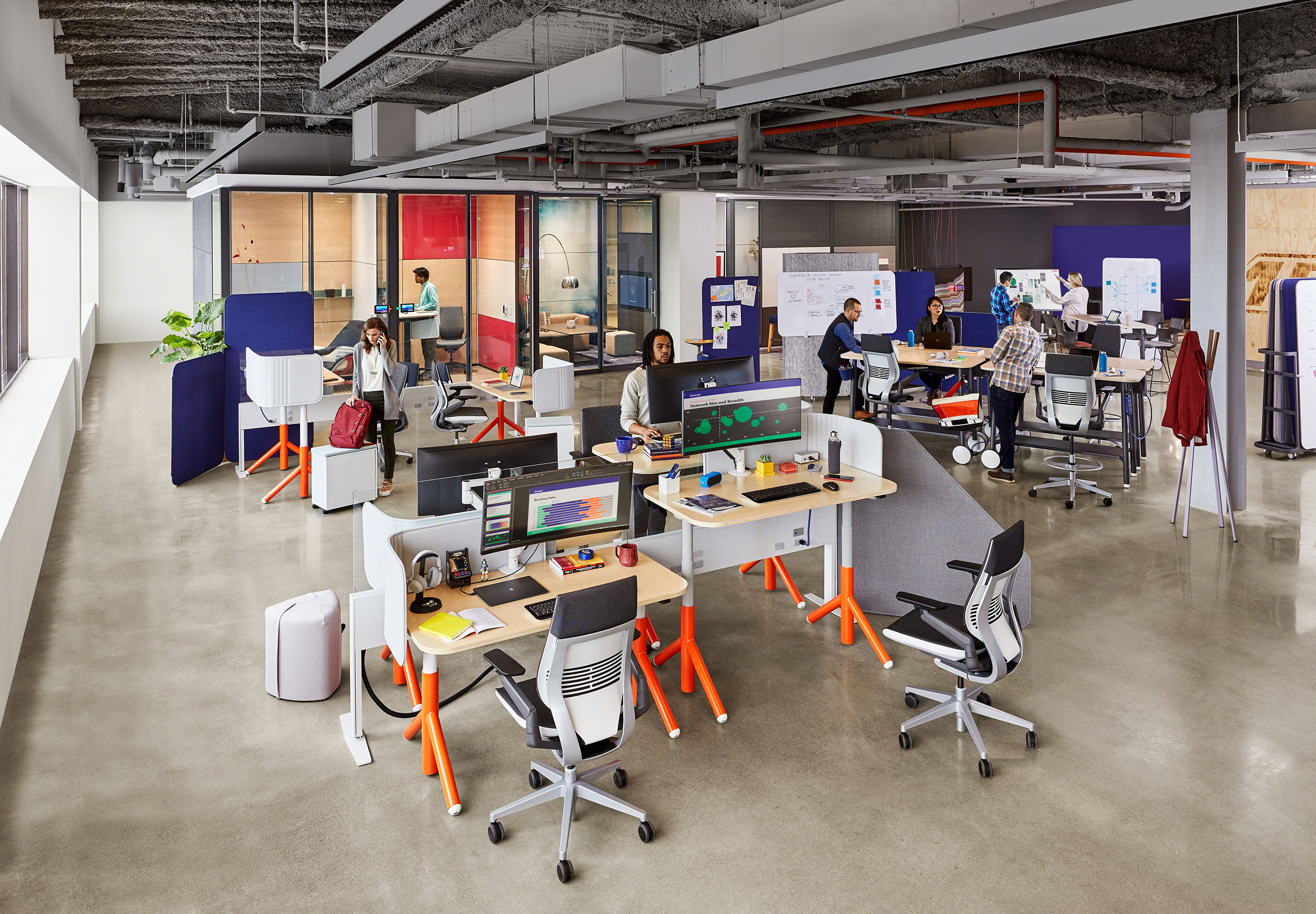In Steelcase’s ‘Changing Expectations and the Future of Work’ report, respondents in India agreed that work-from-home (WFH) had several advantages but also highlighted some challenges. On average, 41% of workers globally said they were dissatisfied with their work-from-home situation, pointing to its impact on engagement and productivity. In India, overall engagement and productivity dropped by 16% and 7% respectively. While people are eager to return to office, the India findings highlighted two key benefits of WFH: more time for health and fitness (39%) and improved focus (33%). Conversely, people also reported dissatisfaction with their WFH experience which resulted in sense of isolation (26.4%), slower decision-making (21.7%) and impact on work-life balance (20.4%). As life returns to normal, globally, only 23% will return to offices full-time while 72% will adopt a hybrid working model, and only 5% will continue to work from home (only increased by 2% since the global pandemic). The report showed India as one of the top markets where employees are most open to the hybrid model. Talking about their post-pandemic expectations, a vast majority (85%) of Indian leaders said they were anticipating more hybrid work for their teams. In comparison, only 12% said they would resume the in-office-heavy work model. A staggering 90% said they expect to give employees greater choice and control over where they want to work from. As employees showed a desire to return to the office for various reasons — working in a professional environment (61%), reconnecting to the organisation (56%) and connecting with colleagues (49%) — while they had certain expectations for the post-COVID workplace too. The research highlighted five critical elements:
- Safety: In a post-pandemic world, safety remains the primary concern for most, with a focus on adherence to safety protocols (81%), air quality (80%), and facility cleanliness (77%)
- Belonging: Despite all the social distancing, people want to interact with colleagues. It gives them a sense of belonging to a community, thereby boosting productivity and engagement
- Productivity: Collaboration, learning and access to tools are some of the critical issues affecting productivity. “If you’re physically present in a room, you can write stuff down and read people’s body language better. I find we end up skimming the surface when working from home,” said a study participant
- Comfort: Ergonomic discomfort was one of the ill-effects of WFH, leading to health issues and lack of focus. Working from an ergonomic setup at the office was thus an obvious choice for most
- Control: The study showed that 54% of people wanted the flexibility to reconfigure their office furniture, but only 38% can. Employees wanted control over a flexible and relaxed office environment and the ability to go beyond boundaries
Praveen Rawal, Steelcase Asia-Pacific Managing Director, India, SAARC, Design Application-APAC, said: “The pandemic impacted business operations on an unexpected scale, which led companies to look at new work rules and processes. While WFH dominated for most of 2020, employees and employers are eager to return to the office even amid the ongoing public health concerns because the office plays a vital role in employees’ social lives in addition to home-working situations being less than ideal. The report by Steelcase presents an outlook to people’s need and requirements for better functioning and improved productivity. Organisations will need to adapt and realign their business priorities to provide safe and flexible work environments to its employees.”
The Steelcase report is available for download and can be accessed in the link below:


